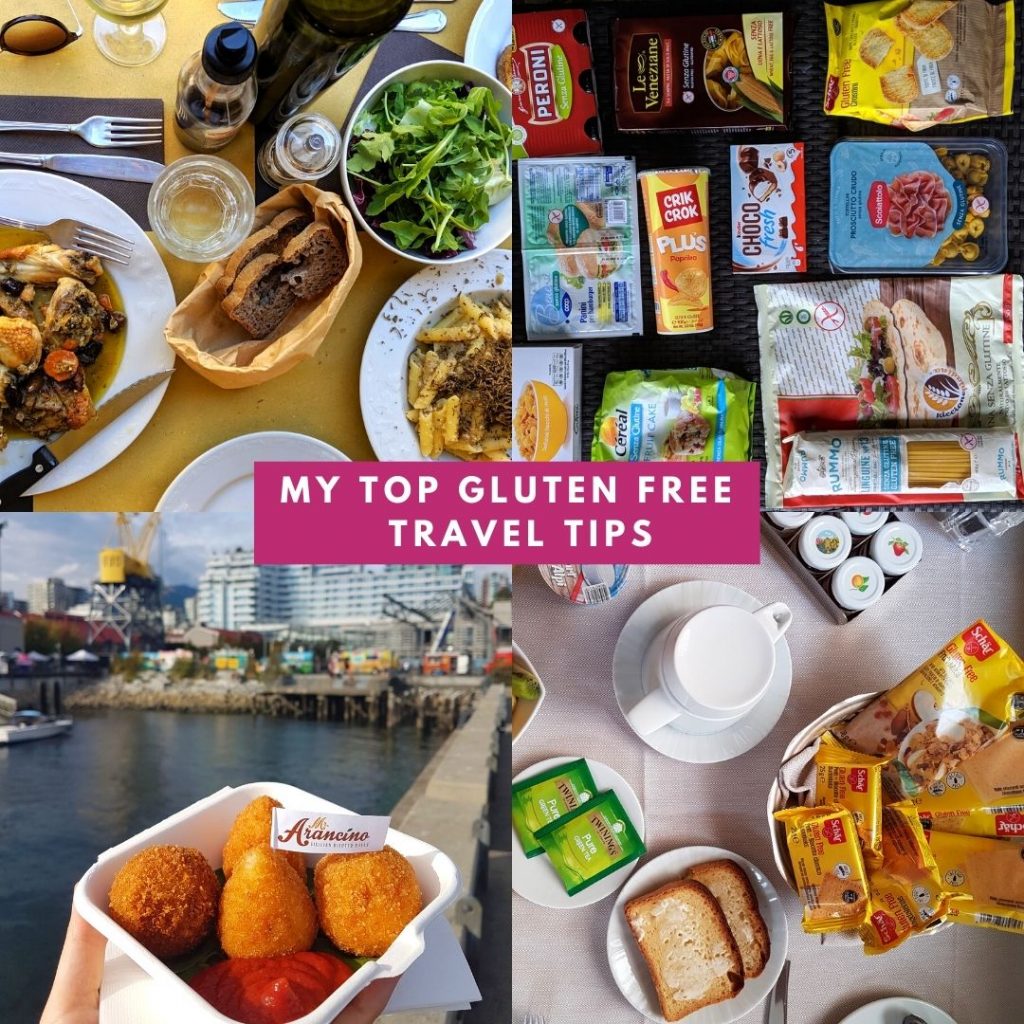
I love to travel and I have never let my coeliac disease hold me back from visiting new countries. However, travel can often be a major source of anxiety for coeliacs and gluten free holidaymakers.
What will you eat? Will it be safe? What about cross contamination? Where will you buy gluten free food? How do you overcome the language barrier? So many questions!
Gluten free travel may seem daunting, but I have visited dozens of countries as a coeliac and have always managed to eat well. Once you get started, you’ll soon find that it is totally doable and you can enjoy your holidays as much as any regular joe.
To give you a jump start, I’ve rounded up my top gluten free travel tips below! Plus, I absolutely love writing about gluten free travel and have tonnes of location-specific guides to help you too, covering 60+ destinations (read on for the details!).
Follow these and you will have a much easier time when you travel and, I hope, a stress-free holiday.
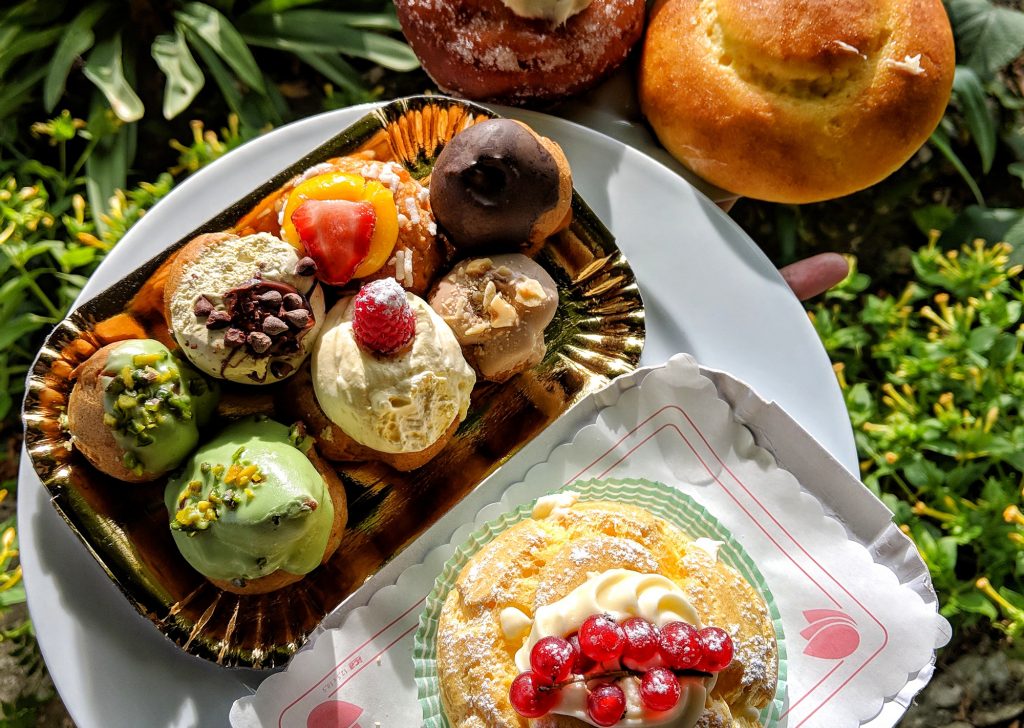
My Top Coeliac & Gluten Free Travel Tips
1. Check Out My Destination-Specific Travel Guides
And other wonderful guides written by fellow coeliac travellers. I have LOADS of travel guides on this website, covering over 60 destinations worldwide – you can find links to them here.
If I don’t have a guide for your chosen destination, another coeliac travel blogger whose guides I would heartily recommend is The Sightseeing Coeliac. Rachel travels a lot and her blog and Instagram are a wonderful resource for gluten free travellers. She is a careful coeliac like me, and her recommendations are always well considered.
You can also have a search on Google and lots of other guides will pop up. Please check to see if the author is coeliac (if you are coeliac) as otherwise their recommendations might not be suitable for you.
I had a very frustrating experience using some other blogger guides in Los Angeles. It turned out they had not considered cross contamination in the slightest and the guides were not good for me. I ended up writing my own Los Angeles guide instead when I got back.
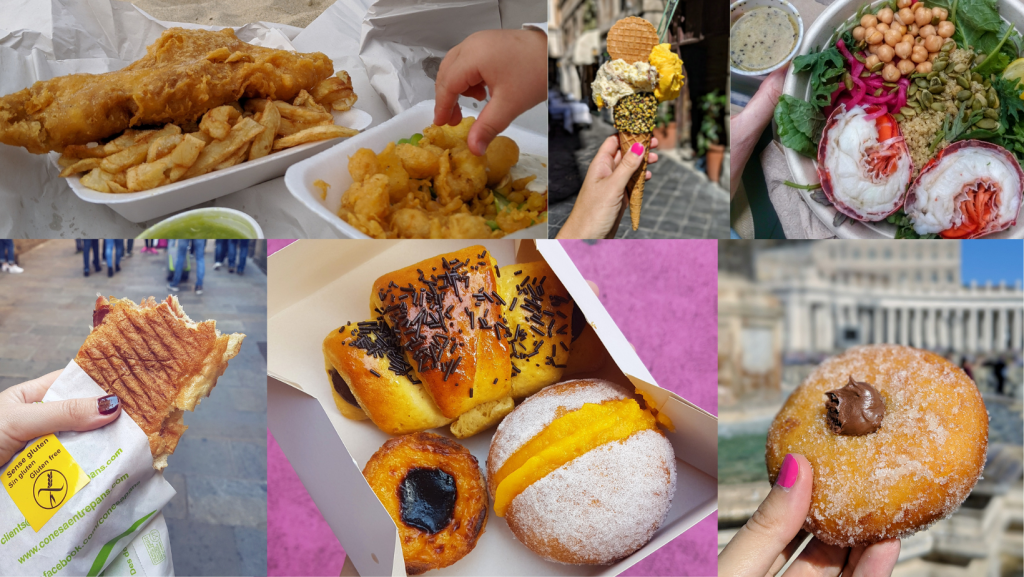
2. Do Your Own Research
I am a gluten free travel research fiend and always thoroughly trawl the internet and social media for tips and recommendations before I visit a new destination. I recommend you do the same if you’ve not found a pre-written guide, as it really means you can relax while you are away.
Start with Google or other search engines, then TripAdvisor and finally social media. These are all great sources of information for initial ideas as to where you might be able to get gluten free food while on your holidays.
For social media more specifically:
- Instagram: I will browse the specific hashtags for that country, e.g. #glutenfreevancouver, and see if any good recommendations pop up. Remember that not all gluten free tips are aimed at coeliacs and they might be posted by less sensitive travellers, so I tend to use these as a guide only.
- Facebook: there are lots of travel groups you can join (The Gluten Free Travel Guide is one I started). Once in those groups have a search for your key terms, e.g. “Vancouver” or ” Canada” to see what has already been written by group members. If nothing comes up ask the group a question as someone might be able to help you out with their existing knowledge.
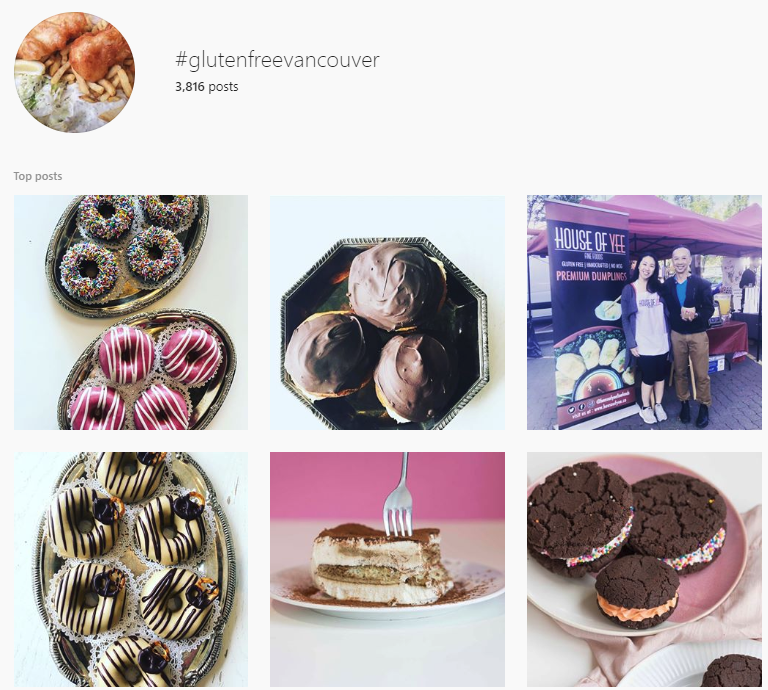
3. Local Coeliac Associations
Coeliac UK have some handy travel resources to get you started. They have top level country guides for many destinations, however generally they don’t contain any specific restaurant information. Here is a link to the Coeliac UK Travel Guides.
Some countries also have their own coeliac associations (remember for the USA and Canada they use the “celiac” spelling), so have a quick search as these can be a gold mine of information. For example, the Italian Coeliac Society has a wonderful app and website, which show you hundreds of accredited venues across the country.
4. Pack Supplies
I always take at least some basic supplies to get me through the first couple of daysl. If you are going to trickier destinations such as Asia, you might want to take lots of back up supplies in case you aren’t able to buy any while you are there.
Things to consider taking: bread, rolls, snack bars, museli, biscuits and crackers. Maybe even small items like stock cubes if you are self catering.
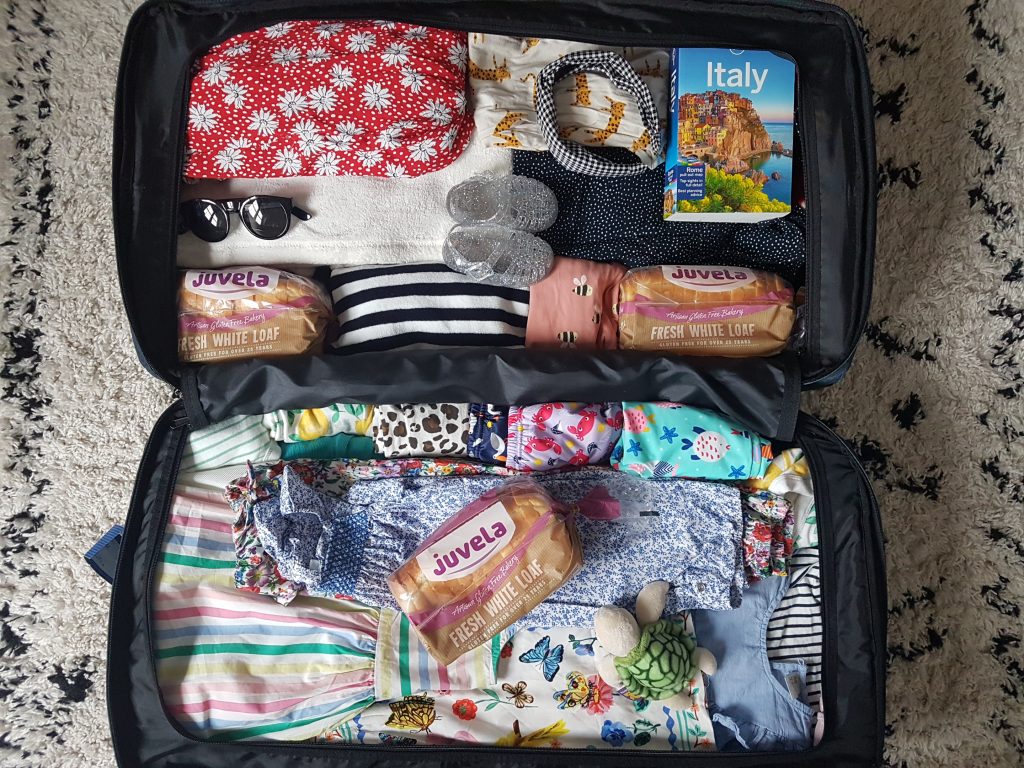
5. Create a Map
One thing I find super handy when I am exploring a city, is being able to use my Google maps to identify potential gluten free locations near me. Before I travel I tag all the places I have researched on my map with little stars (there is a simple drop down option for this).
That way when I am in the area I can easily see what is nearby and where to look for safe gluten free food. Then we can relax and enjoy some sightseeing, before checking the map to see which gluten free friendly eateries are nearby when we get hungry.
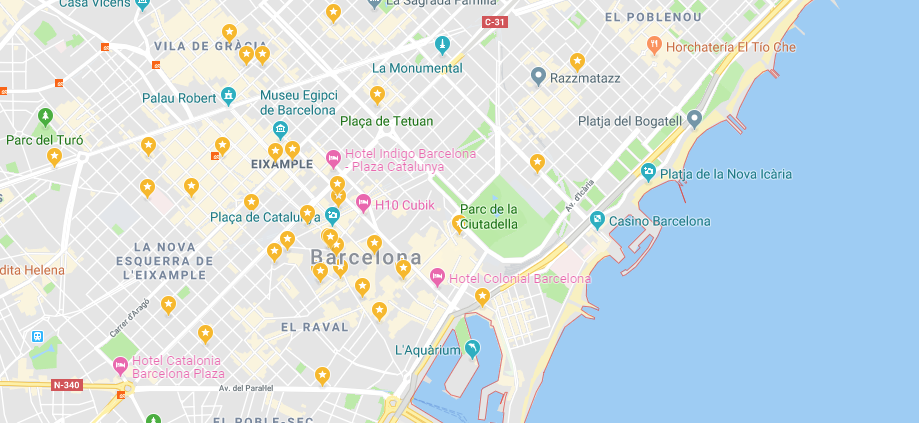
6. Consider Self Catering Accommodation
We nearly always choose self catering accommodation when we go away for a long holiday, especially when in Europe. Most European supermarkets are really well stocked with gluten free products, making it easy for you to prepare good gluten free meals at home when you don’t fancy eating out. You can also then grab quick and easy meals when you don’t want to stray from the poolside for too long!
AirBnB is one of the best sources of reasonably priced self-catering accommodation and you can find some amazing places to stay through their platform. So pack up your gluten free Juvela bread and prepare to breakfast in style in a treehouse, on a roof terrace or while overlooking the ocean.
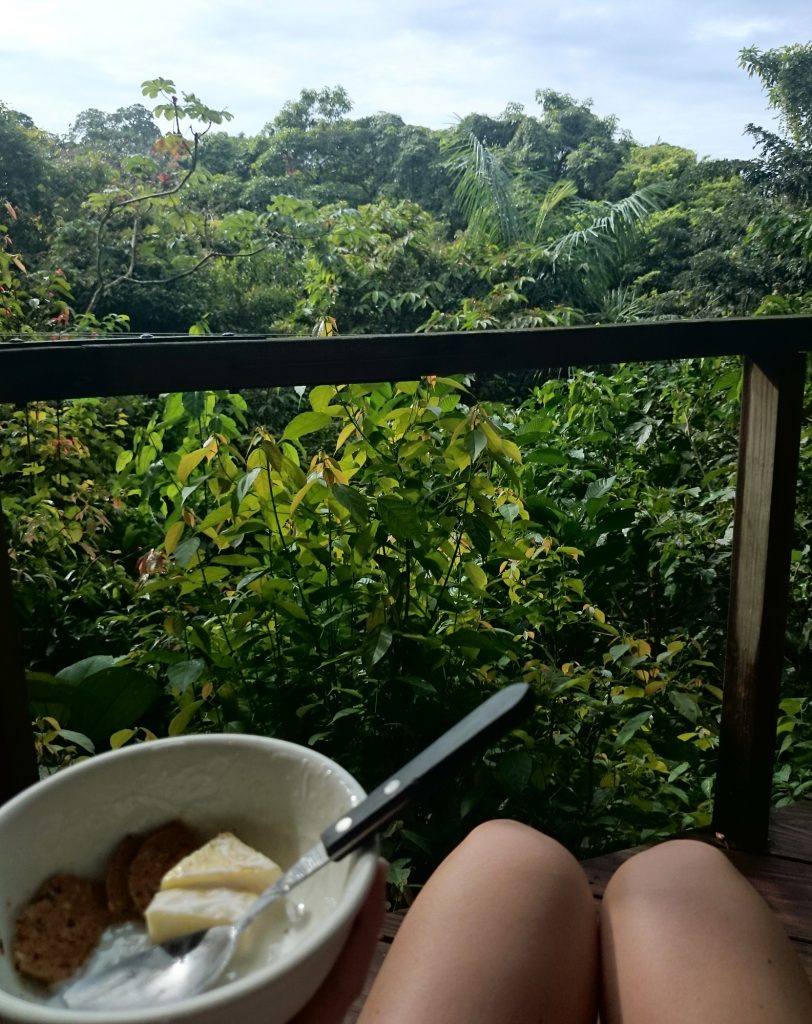
7. Staying Safe in Shared Kitchens
One thing to note, is that I would recommend washing glasses/plates/cultery/pans in shared kitchens on holiday (self catering kitchens, hostels, hotel mini bars etc) before you use them. The previous guests might not have washed them up very effectively and washing them again yourself means you can remove any remaining traces of gluten.
8. Hotels
If self catering is not an option or if you simply prefer hotel stays then you should enquire in advance to request that the hotel cater for you gluten free diet.
Lots of hotels are able to provide gluten free breakfast supplies with some advance notice. If they are not able to, at least you know to take some extra supplies with you.
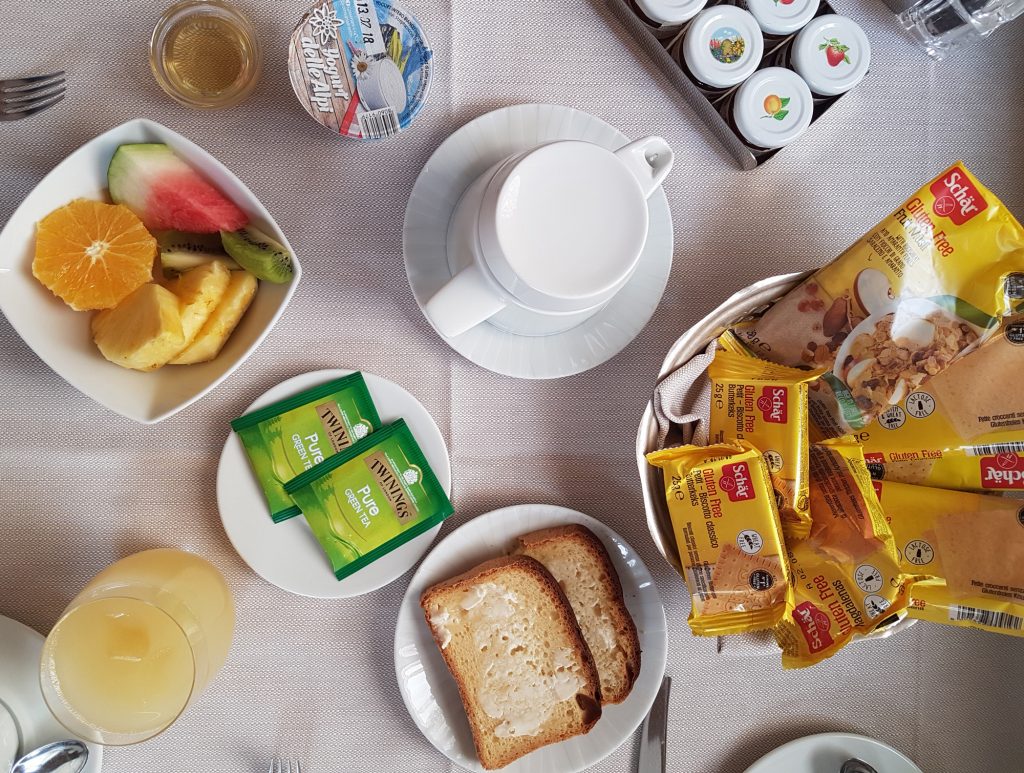
9. Coeliac Travel Language Card
One very handy resource to take with you when travelling to non-English-speaking countries is a coeliac travel card, written in that country’s language. I use Celiac Travel Cards and they are available in 60+ languages. You can have them on your phone but I prefer to print out a couple of copies as sometime front of house staff want to take them to show the chef.
This “card” (an A4 piece of paper) explains that you have coeliac disease and sets out what you cannot eat, including the risks associated with cross contamination. Be patient and take time to explain to people when there is a language barrier, especially as in some countries there is little to no understanding of coeliac disease.
10. Learn the Lingo
Get familiar with some key phrases if you can. This will be especially helpful when you are reading the back of packets in supermarkets! Key phrases I try to find translations for (Google them) are:
- Gluten free
- I have coeliac disease
- Is this gluten free
Also, in some countries you might have to approach things slightly differently. When we visited Indonesia for our honeymoon, the main gluten culprit in cooking was “kechup manis”, the Indonesian version of soy sauce. Instead of saying I had coeliac disease, I would explain that I could not eat kechup manis, wheat, barley, flour or bread and that my food needed to be prepared on a clean board and in a clean pan. I also then gave them my coeliac travel card. Everyone was SO SO SO helpful, with one tiny village kitchen making me a gluten free version of beef rendang and bringing me their local dessert to try, which was naturally gluten free. I was not glutened at all on that entire trip :).
11. Naturally Gluten Free Food
Think about local food, what might be naturally gluten free and what should be avoided. Some countries (especially in South America and Vietnam) have dishes that are naturally gluten free. Always keep cross contamination risks at the forefront of your mind and make a call based on whether gluten-containing foods are being prepared on the same surface or in the same fryer, etc.
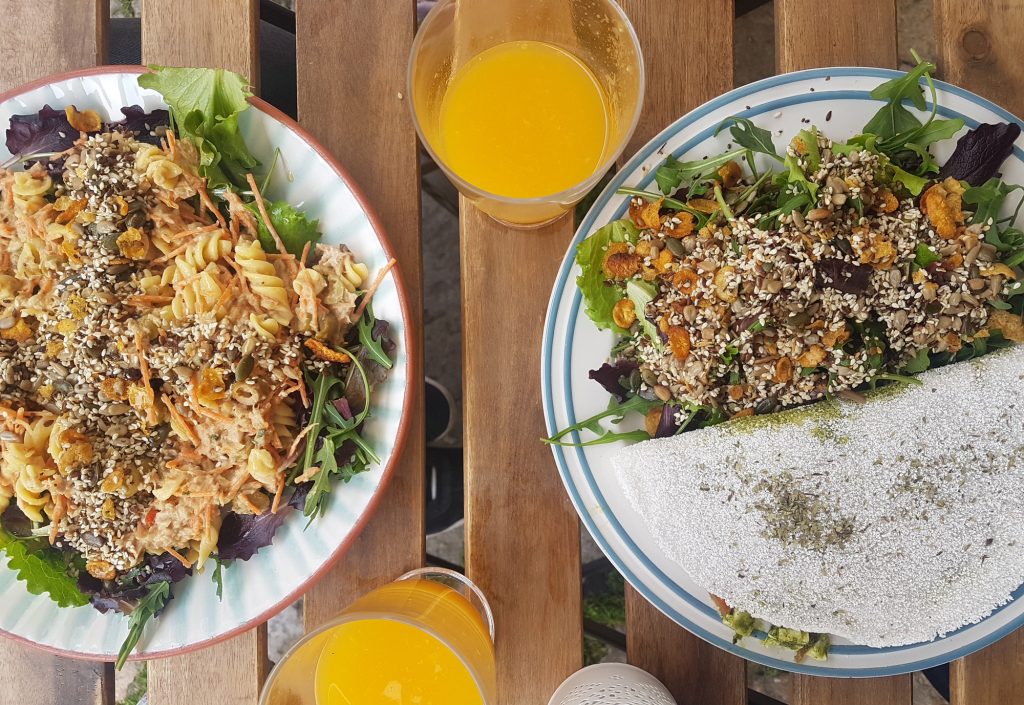
12. Visit the Local Supermarket
I am a supermarket geek and love a trip there to discover local gluten free products when I am on holiday. You can find some amazing treats! There may or may not be a dedicated gluten free section within the supermarket, but if not take a little time to search the shelves for those hidden gluten free gems.
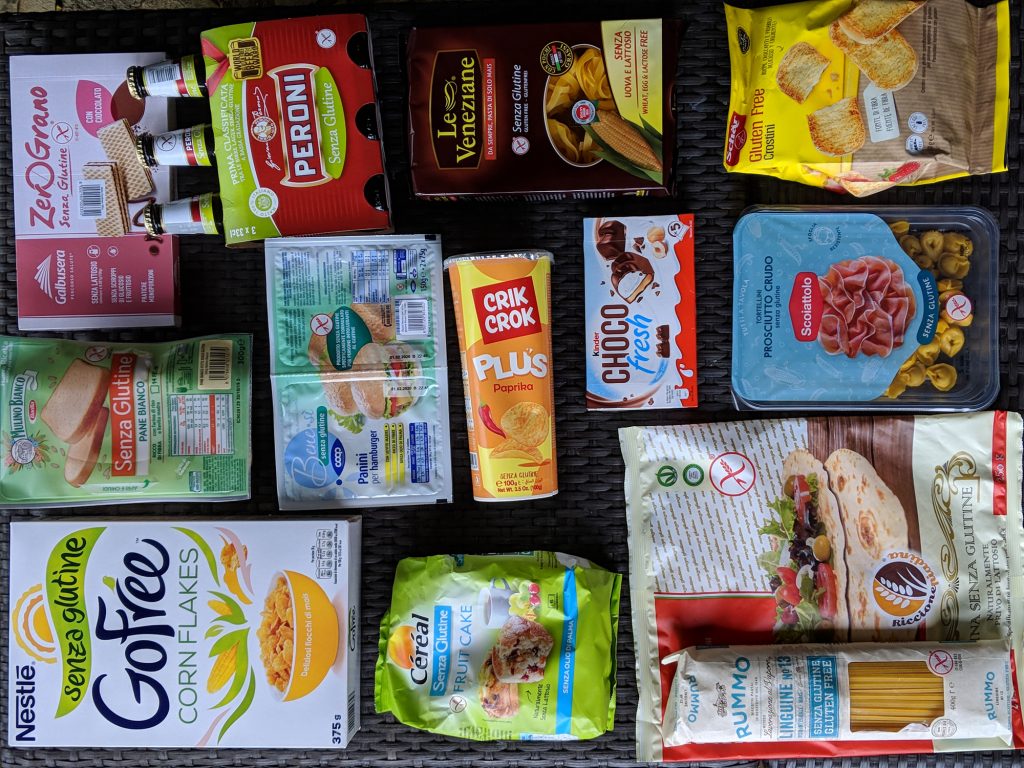
13. Prebook In-Flight Meals
If you are flying long haul remember to book your gluten free meals in advance as they will not be able to cater for you last minute once you are in the air. You can do this either through the booking website or by giving the airline a call.
For short haul flights and other travel, there may be gluten free options available but it varies so much per airline that I prefer to take my own supplies. You’ll generally find me tucking into a gluten free sandwich (made with my trusty Juvela bread), choccie bar and some fruit within about 5 minutes of taking off…I have no self-restraint when sandwiches are involved!
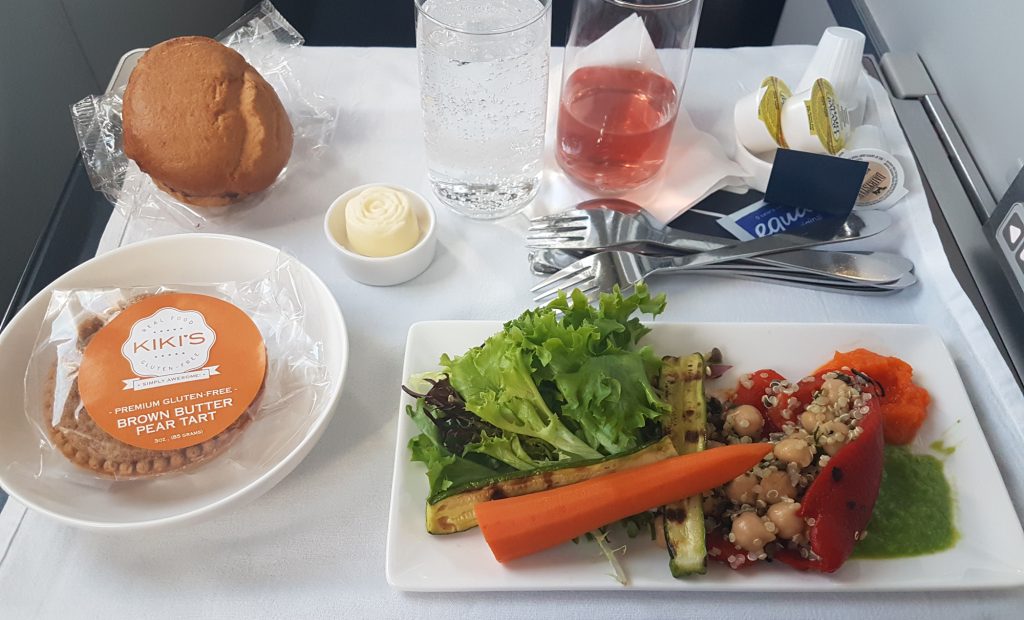
14. Use some apps but beware of inaccurate info
Last of all, there are some helpful apps available for gluten free travellers. My advice is to use these loosely. The Find Me Gluten Free app can be a great starting point but not all of the reviews are reliable. Although I sometimes find helpful recommendations, I was glutened once after following one restaurant tip on there. Treat apps as one of the many weapons in your gluten free travel arsenal :).
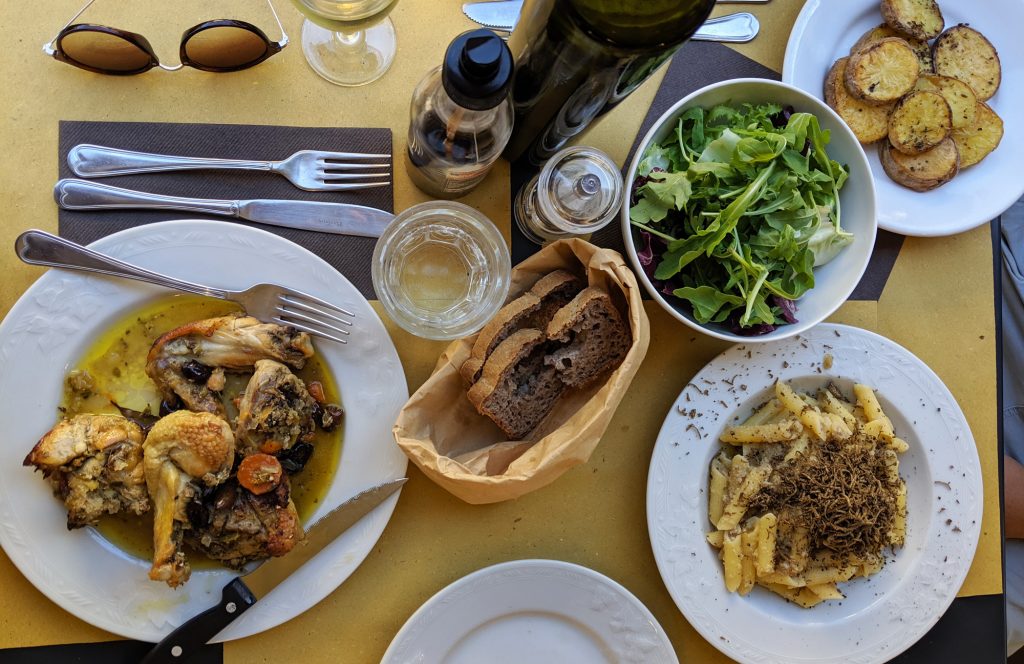
To summarise, gluten free travel is totally doable and a little bit of advanced planning and preparation goes a long way into making your coeliac holiday more enjoyable.
For more travel tips why not have a read of one of my gluten free travel guides. I have 60+ destination guides on this website and here are a few to give you some initial travel inspiration:
Bon voyage! x





